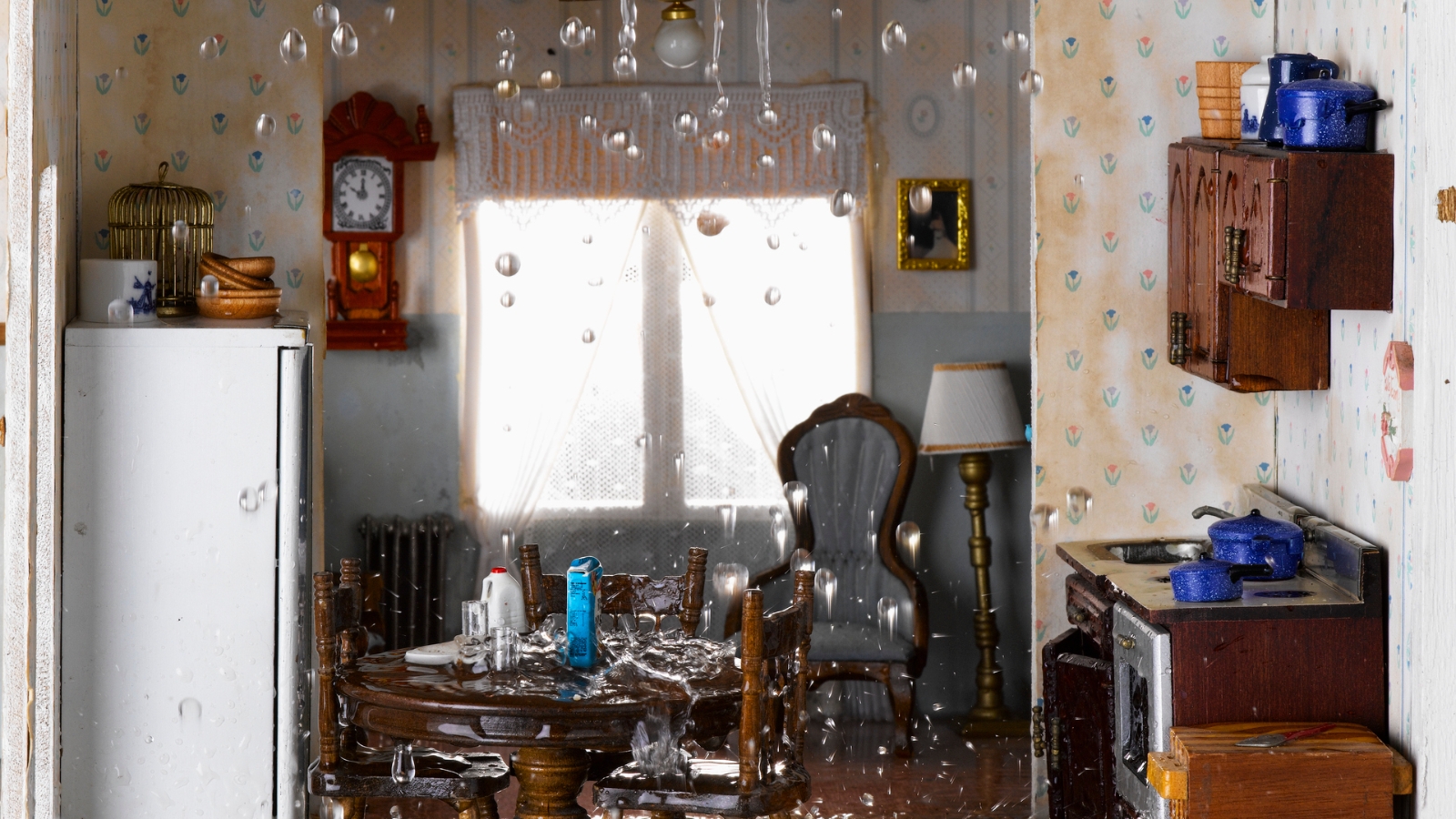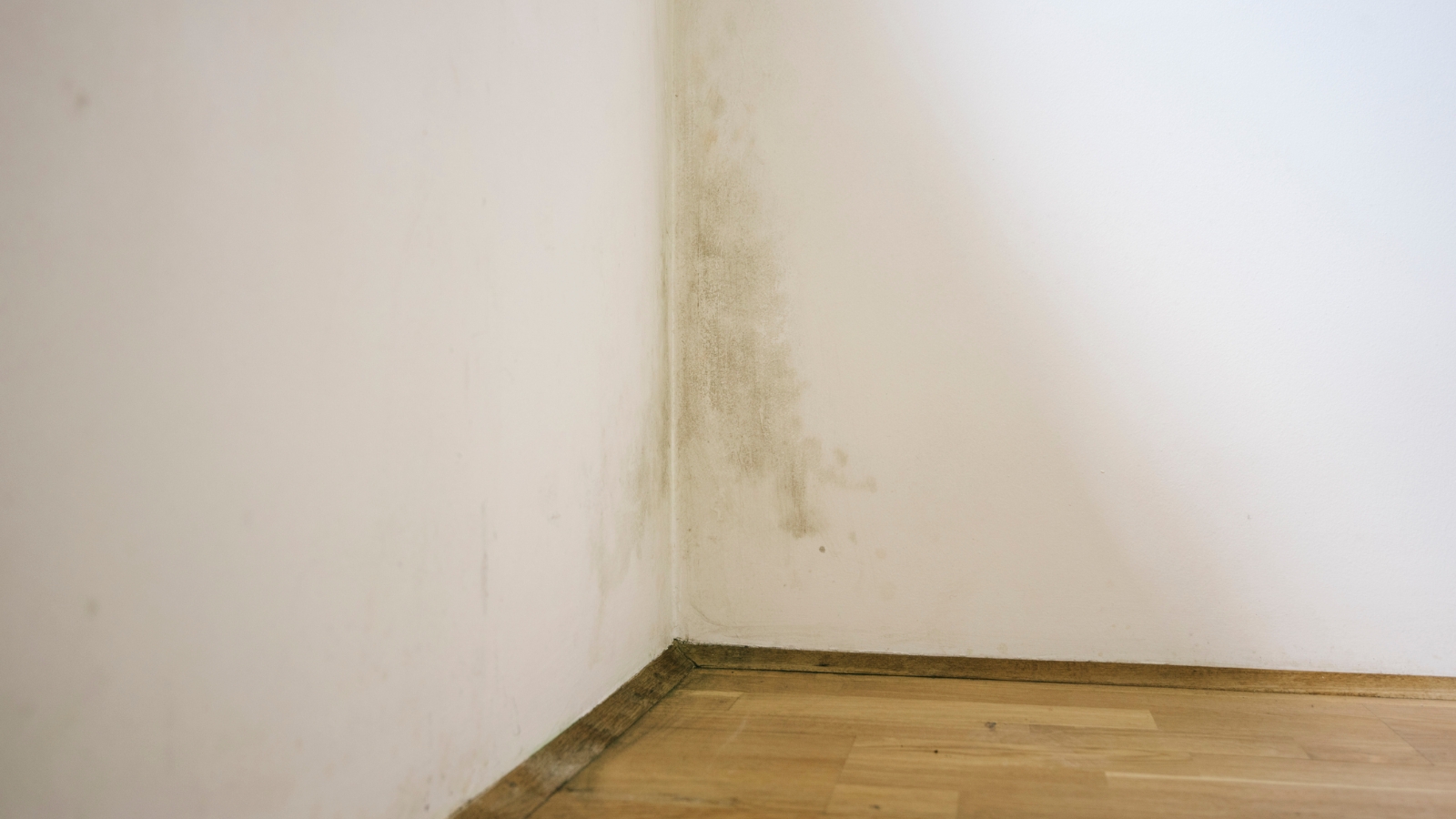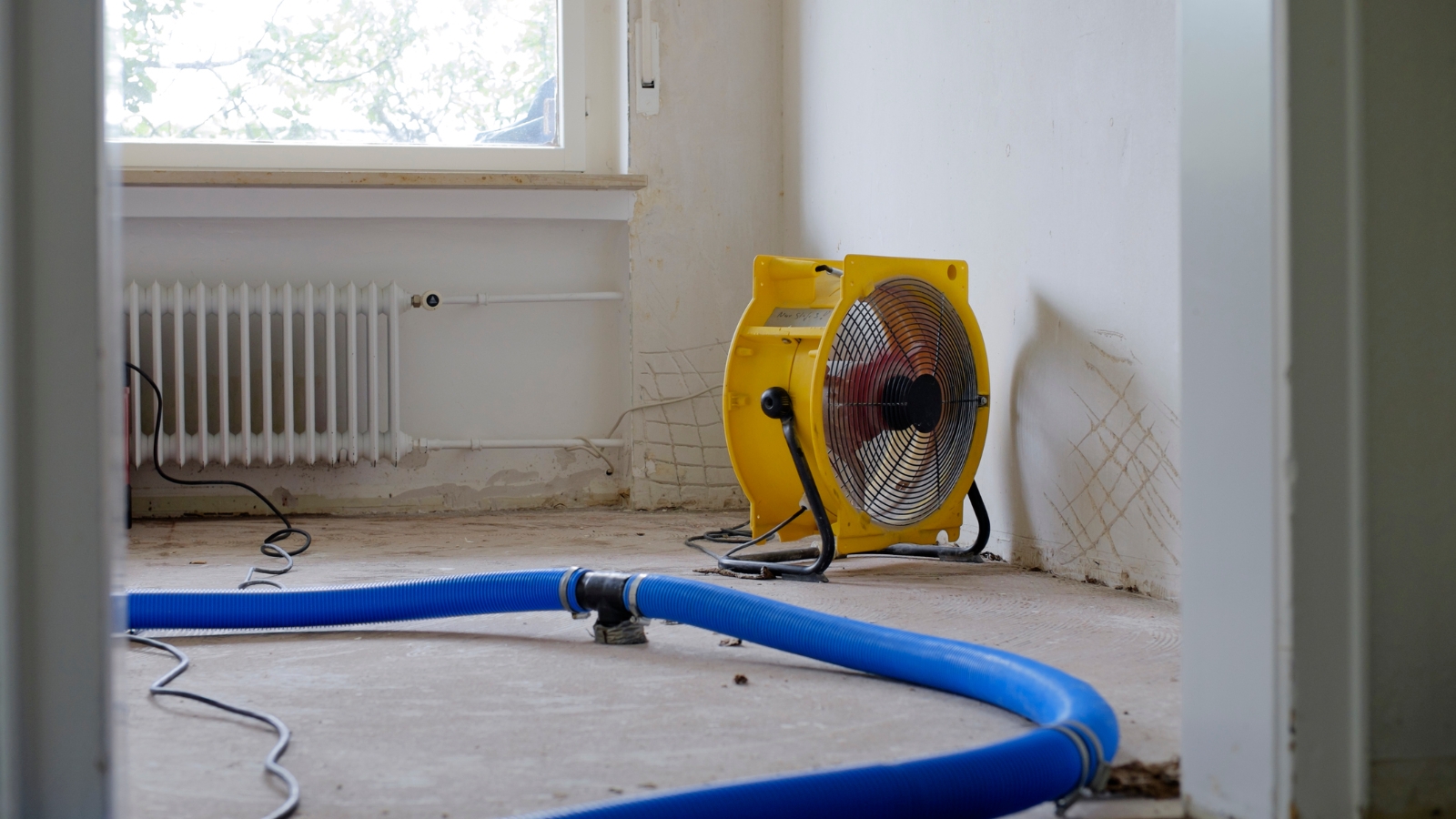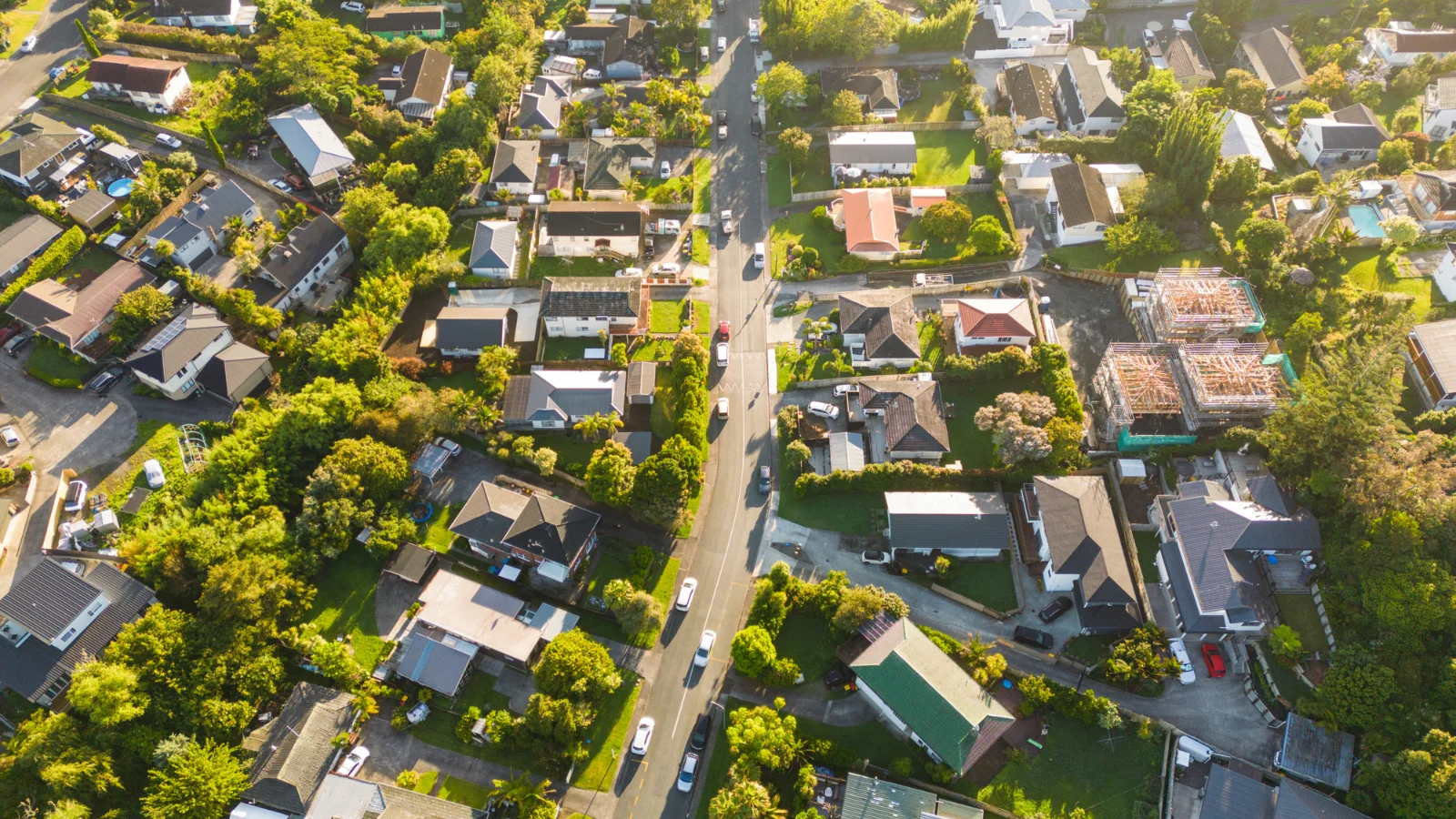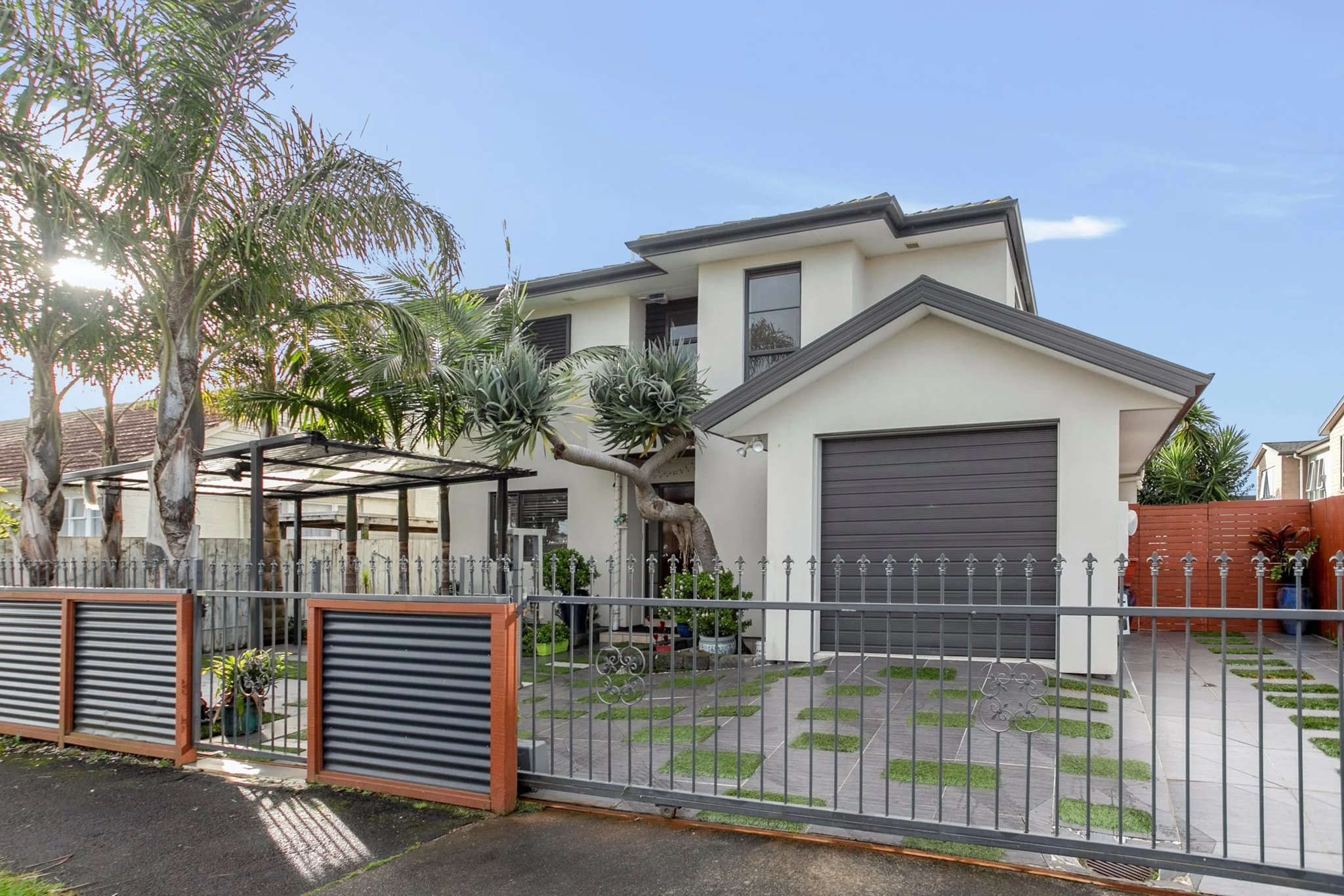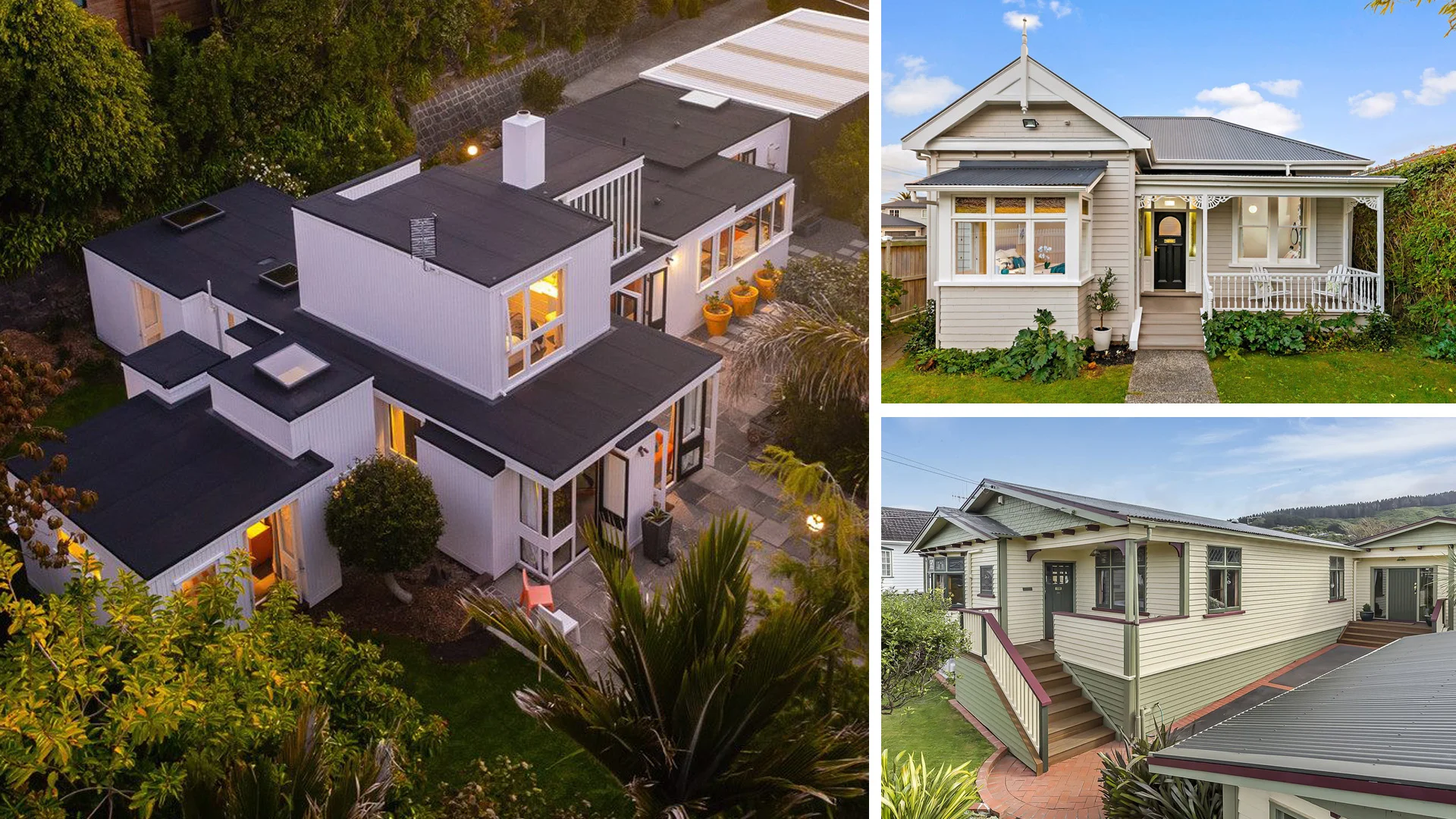Buying guide
Should I buy a monolithic cladding house? Understanding NZ leaky homes
Properties with plaster or monolithic cladding can be risky purchases, but they're not all leaky.

What exactly is a leaky home?
What caused the NZ leaky homes crisis?
Monolithic cladding — the main culprit?
Not all plaster homes leak, but they may be at a higher risk.
How can I spot a leaky home?
If you keep your eyes open during a property inspection you may be able to spot signs that a home is leaky.
Not all plaster homes are leaky but they should be approached with caution.
The cost of fixing a leaky home
Should I buy a monolithic cladding house?
FAQs — Navigating leaky homes in NZ
Author
Discover More

Rich-lister’s $10 million Lake House listed after upgrade
Lake House in Queenstown has been listed with an asking price of $10.425 million.

‘Hidden’ Art Deco apartment in old post office: ‘There is literally nothing else like it’
The former Devonport Post Office has had a new life as commercial premises, but few know about the apartments above.
Search
Other articles you might like
